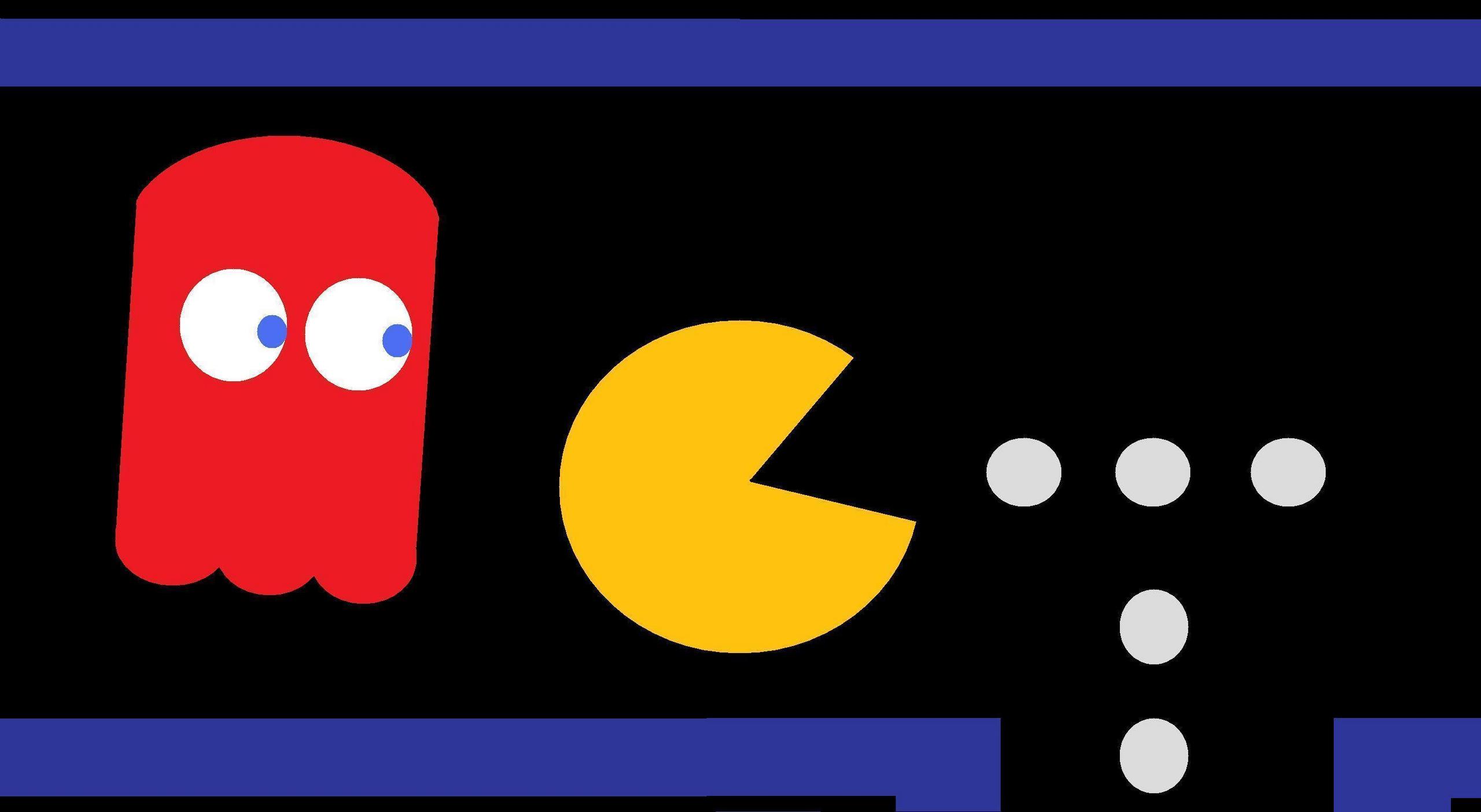So what would we want from a chase mechanic? Clear consequences, clear rules, and opportunities for player choice with clear consequences. Also, a chase mechanic should be fast paced and simple, like a chase, and resolution should be quick; not saving throw quick necessarily, but it certainly shouldn't take as long as the average combat.
With that in mind, here’s an untested chase mechanic. I will modify rules based on results of playtesting. Or just leave this as is because who has time to go back to pre-written things, anyways?

This assumes that a standard, unencumbered human moves 120' per round or turn or whatever. It should be easily transferrable to whatever system you use. Results on the table were written to be generally applicable to most settings, so use common sense.
Participants in a chase get a die based on their movement speed, as follows:
greater than 180’ movement speed = d20
180’ movement speed = d12
150’ movement speed = d10
120’ movement speed = d8
90’ movement speed = d6
60’ movement speed = d4
less than 60' movement speed = d3
When a chase occurs, the participants roll their respective die. If someone has a head start, they should add 1 to their result for every 10’. Each round, the distance between the chaser and the chased is modified by the difference between die results x 10'. If the chased gets a number of feet ahead equal to or greater than the difference in move speed (minimum of 30’), she escapes. If the chaser catches up, obviously he catches the chased. If neither of those occurs, roll another round.
In addition, the GM should roll a d6 to see if there's a complication. In an empty or mostly empty area, there's a 1/6 chance of a complication. In a moderately crowded area, 1-3/6. In a densely crowded area, 1-5/6. Roll d10 on the table below for the complication.
- The chased stumbles over something, and must make a dex check or fall to the ground. She must spend the next round getting up, unable to move forward.
- The chaser stumbles over a loose stone. and must make a dex check or fall to the ground. He must spend the next round getting up, unable to move forward.
- There's a cart, or an altar! The chased can either run around it, or take -2 to her movement result this round to knock it over, spilling its contents behind her. This will force the chaser to make a dex check or stumble over it, causing a -6 to his next movement result.
- A group of people or creatures is passing through the area, slowing everyone down. The chased get a -2 to their movement results this round. Chasers get a -2 to their movement results next round.
- There's a lip to that that roof/ledge, and you're pretty sure you can use it to climb up. If you do this, take a -1 to movement this round. Redetermine likelihood of complications for the roof/ledge level.
- Grab that rope! The chased can grab a rope and swing back, changing the direction of her run (including reversing). The chaser must make a wisdom check (at a +1 bonus for each 10 feet behind the chased he was) or run right past the chased before turning around, doubling the distance between the two.
- Low hanging fruit. There's fruit in a stand, or a pile of rocks. The chaser can take a -1 to movement this round to grab something and make a ranged attack (at -4) to throw it at the chased's legs. If hit, the chased must make a dex check. Success indicates a -1 to movement next round. Failure indicates -4 to movement next round.
- A dark, precarious side passage. The chased can run into the side passage and either hide or keep running. Chaser must make an int check. Failure indicates they guess wrong between running and searching, allowing the chased to escape. Success means they guess correctly, catching the chased.
- People show up. Intelligent authority figures if in a city, intelligent residents of a dungeon if they exist, something like that. 50% chance they do nothing, 25% chance they try to stop the chased, 25% chase they try to stop the chaser.
- Quick, find a crowd and get lost in it! You've run to a crowded part of town, a camp in the dungeon, a particularly overgrown portion of the forest. The chance of a complication for future rounds increases by 2/6. If the area is already densely crowded, then the chased individual escapes into a giant crowd, tangled web of vines, whatever. The chaser must make a wisdom check (at -1 for each 10' behind the chased) or else the chased escapes.
No comments:
Post a Comment